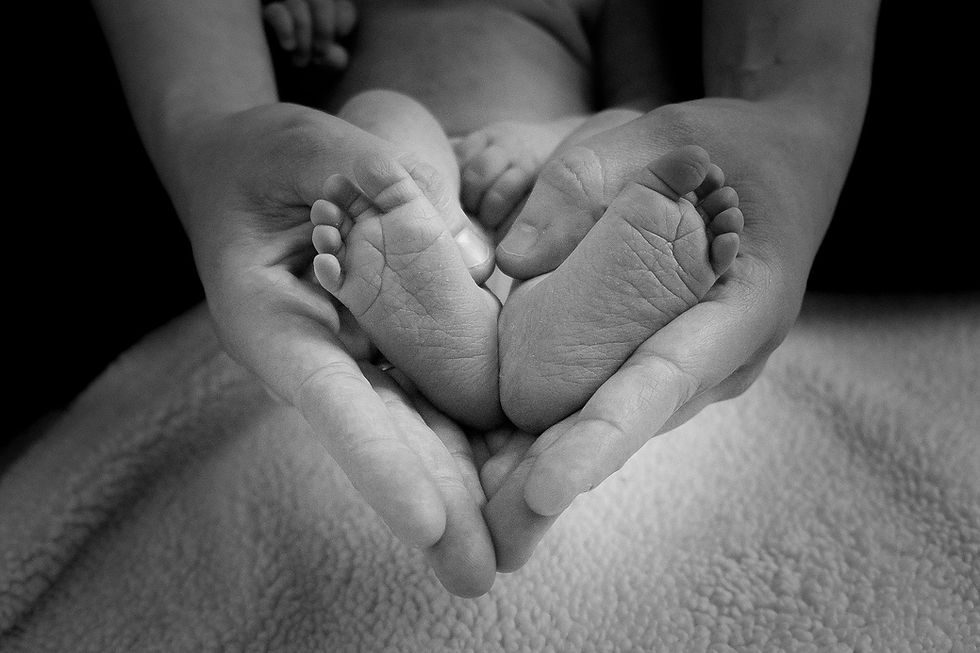Just Go With The Flow
- Rachel Butt
- Oct 19, 2022
- 2 min read
Updated: Nov 14, 2023

It’s that time of the month again – an emergency trip to Tesco’s to stock up on tampons with a (not so quick!) diversion past the confectionary isle to grab a mountain of chocolate, before heading home and fawning over Colin Firth in Bridget Jones. Yes, we’re talking periods. Specifically, we’re talking about energy levels and exercise through your menstrual cycle.
Before we dive into things, let’s have a brief recap on the menstrual cycle. We have three main phases in our cycle:
Follicular Phase

Ovulation

Luteal Phase
Do you ever have those days where you go into the gym and it seems WAY harder than normal? Last week you were deadlifting 100kg, now you’re struggling at 80kg? Yup – you can blame your hormones for that. As we enter our follicular phase, low oesterogen and progesterone levels mean that it’s not unusual to see a slight dip in our strength and endurance. In addition, there is some research to say that muscle and tendon injuries may occur almost twice as often in the late follicular phase of our menstrual cycle! It may be a good idea to consider reducing the intensity of your exercise in this phase.
This is only temporary though as our hero, oesterogen, comes to the rescue in our ovulation phase. High oestrogen levels mean our energy levels spike and recovery is enhanced (less DOMS – yes please!). This is prime time to be pushing those heavy weights and working on your PB (can we stay in this phase forever please?).
Moving into the early luteal phase, progesterone levels start to rise as well. Now we have high oesterogen AND high progesterone levels AND….cravings!!! Our resting metabolic rate increases, which means more resting calorie burn so feel free to snack out a little more around this time – you’ll need it!
*inserts aforementioned chocolate from Tesco into mouth*
There is research to suggest that during this phase of our cycle we rely less on carbohydrates for energy and more on fats, and we also have an increased breakdown of protein. So, it may be beneficial to increase your intake of healthy fats and proteins.
*puts the chocolate down and picks up an avocado instead*
But wait – there is some bad news here. High progesterone levels mean our body temperature increases, we have increased fluid retention and (I whisper this quietly) bloating. You might feel a bit more comfortable doing some aerobic work here instead of lifting heavy weights.
Finally, as we come out of the luteal phase and prepare to enter this whole cycle again, both progesterone and oestrogen fall so this is a great time for some yoga or pilates, and a focus on recovery.
It know it sounds complex, but knowledge is power right? Hopefully this blog has given you a bit of insight into why you might unexpectantly be struggling with those heavy weights, why you start craving those fatty foods, and why we’re needing some more recovery time. And hey, if you’re unsure on what you should be doing, just go with the flow – your body will tell you what it needs.
Keep an eye out for our follow up blog on the risk of injury throughout your period coming soon. For more information on women's health physio please click on the button below.
Thanks,
Rachel



Comments